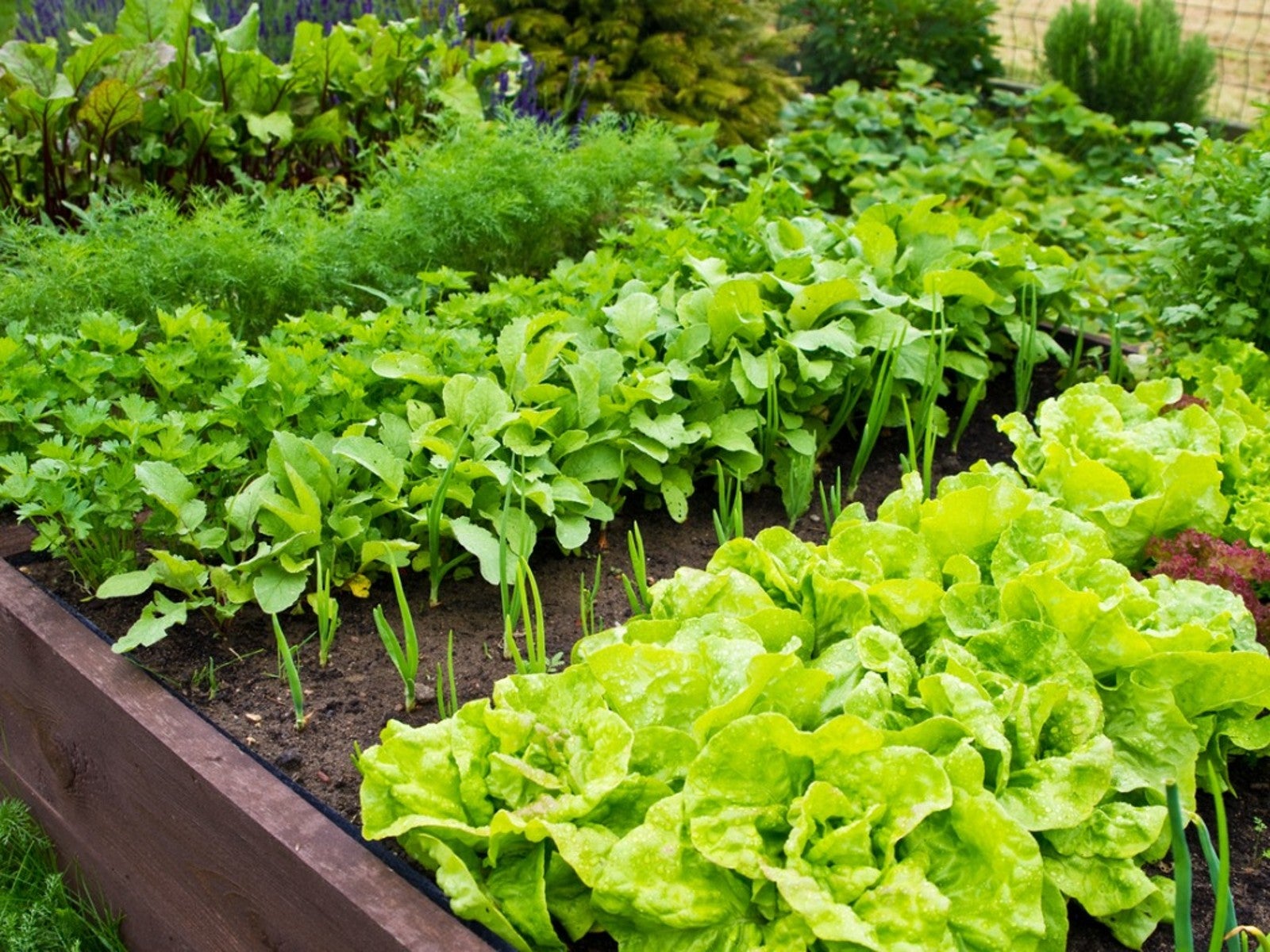What Is Bolting: What It Means When A Plant Bolts


WYou may have been reading an article that said to watch for a plant bolting or a description of a plant that has bolted. However, if you are unfamiliar with the term, bolting may seem like an odd term. After all, plants don't generally run away, which is the typical definition of "bolt" outside the gardening world.
What is Bolting?
While plants do not "run away" physically, their growth may run away rapidly, and this is basically what this phrase means in the gardening world. Plants, mostly vegetable or herbs, are said to bolt when their growth goes rapidly from being mostly leaf based to being mostly flower and seed based.
Why Do Plants Bolt?
Most plants bolt due to hot weather. When the ground temperature goes above a certain temperature, this flips a switch in the plant to produce flowers and seeds very rapidly and to abandon leaf growth almost completely. Bolting is a survival mechanism in a plant. If the weather gets to be above where the plant will survive, it will try to produce the next generation (seeds) as quickly as possible. Some plants that are known for bolting are broccoli, cilantro, basil, cabbage, and lettuce.
Can You Eat a Plant After it Bolts?
Once a plant has fully bolted, the plant is normally inedible. The plant's entire energy reserve is focused on producing the seeds, so the rest of the plant tends to become tough and woody as well as tasteless or even bitter. Occasionally, if you catch a plant in the very early stages of bolting, you can temporarily reverse the process of bolting by snipping off the flowers and flower buds. In some plants, like basil, the plant will resume producing leaves and will stop bolting. In many plants though, such as broccoli and lettuce, this step only allows you some extra time to harvest the crop before it becomes inedible.
Preventing Bolting
Bolting can be prevented by either planting early in the spring so that bolt-prone plants grow during late spring, or late in the summer so they grow during early fall. You can also add mulch and groundcover to the area, as well as watering regularly in order to keep the soil temperature down.
Gardening tips, videos, info and more delivered right to your inbox!
Sign up for the Gardening Know How newsletter today and receive a free copy of our e-book "How to Grow Delicious Tomatoes".

Heather Rhoades founded Gardening Know How in 2007. She holds degrees from Cleveland State University and Northern Kentucky University. She is an avid gardener with a passion for community, and is a recipient of the Master Gardeners of Ohio Lifetime Achievement Award.
-
 How To Make A Bouquet Garni Or Herb Bundle For Cooking
How To Make A Bouquet Garni Or Herb Bundle For CookingIf you’re a great cook, you may have made an herb bundle before. If this is a new idea, learn how to add sparkle and interest to your dish with a bouquet garni.
By Amy Grant
-
 ‘Coral Charm’ Peony Care For Sublime Semi-Double Peonies With Lush Salmon Pink Flowers
‘Coral Charm’ Peony Care For Sublime Semi-Double Peonies With Lush Salmon Pink FlowersPeonies are known for their soft baby pink or magenta tones, but if plushy coral blooms are your thing, here’s our guide to the ultimate ‘Coral Charm’ peony care
By Tonya Barnett
-
 How Many Vegetables To Plant Per Person For A Year
How Many Vegetables To Plant Per Person For A YearGauging how much to plant in a vegetable garden can eliminate waste while still producing enough for your family. Click for more.
By Bonnie L. Grant
-
 13 Perennial Fruits And Vegetables You Only Have To Plant Once
13 Perennial Fruits And Vegetables You Only Have To Plant OnceLooking to set it and forget it? Find out which fruits and vegetables can be grown as perennials.
By Laura Miller
-
 11 Edible Plants For A Year-Round Garden In A Bucket
11 Edible Plants For A Year-Round Garden In A BucketWant to know how to grow food inside your house and which foods do best indoors? Click here to learn all about it.
By Bonnie L. Grant
-
 Frost Tolerance Of Vegetables From Least To Most Hardy
Frost Tolerance Of Vegetables From Least To Most HardyHow cold can vegetables tolerate? Knowing which veggies will survive frosts and freezes is essential for the success of your garden. Click here for more.
By Laura Miller
-
 Best Vegetables To Pickle Straight From The Garden
Best Vegetables To Pickle Straight From The GardenPickles aren’t limited to just cucumbers. Read on for tips on pickling your fresh veggies.
By Amy Grant
-
 Benefits Of Planting In Fall Vs. Spring Vegetable Plots
Benefits Of Planting In Fall Vs. Spring Vegetable PlotsLearn why some vegetables do better if you plant them in fall instead of spring.
By Laura Miller
-
 Interplanting Vegetables In The Fall Garden
Interplanting Vegetables In The Fall GardenLearn all about the benefits of interplanting vegetables for your fall garden.
By Laura Miller
-
 Best Vegetables For Growing In Perlite
Best Vegetables For Growing In PerlitePerlite is a natural growing medium that comes from super-heated volcanic glass. In some cases, it works better than soil. Read on for more info.
By Laura Miller